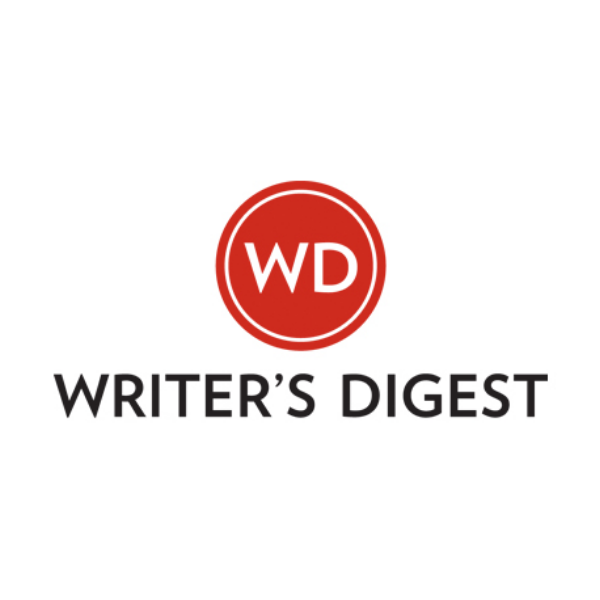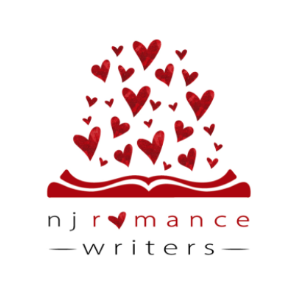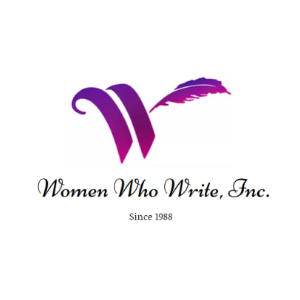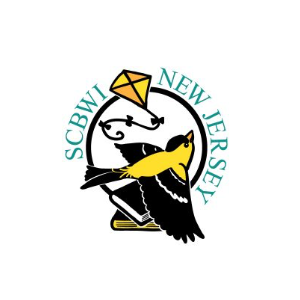This is the first in a series of posts to provide perspective on the business of writing, leveraging a marketing professional’s experience. In this installment, we’ll explore the concept and importance of branding.
Writers often complain that branding is a mysterious concept.
It doesn’t need to be. A brand is a concept that encapsulates the UNIQUE positioning, differentiation, relevance, and meaning of a person, product or service. Quite simply, a brand is a promise. Just like DOVE® Soap promises authenticity in its approach to beauty, an author’s brand is what you stand for. Your brand is what you promise to deliver. A brand is broader than the premise of any of your books, because it needs to live with you as your work grows.
The key is finding the right distinctiveness to differentiate from other authors while standing for something meaningful. For instance, Jojo Moyes’ brand isn’t distinctive if it’s just stated as “English romance writer.” Rather, her brand becomes more distinctive when it’s articulated as “English romance writer who explores controversial and deeply human dilemmas through the viewpoint of everyday, relatable characters.” Consider the cats above. They’re rather different brands.
Sally Hogshead posits that distinctiveness is critical because consumers are increasingly distracted, competition is fierce and whole industries are becoming commodities. She states that consumers’ attention spans have declined from 20 minutes in the agrarian age to just 9 seconds in modern times.
Importantly, brand is not the same as design. Some writers believe the look and feel of their book covers or website is their brand. They’re related but not the same. Design is the visual manifestation of your brand. Brand is conceptual. Design is tangible.
In both cases, consistency is critical. You’ll need to maintain consistency between your brand and your design, and consistency over time. Stay consistent for your readers to find and recognize you.
As you build an audience behind your author brand, your equity becomes worth more. JK Rowling demonstrated this when she published under the pseudonym ‘Robert Galbraith.’ The first book got great reviews but barely any sales.
That is, until the author’s identity was unveiled. Within days, Amazon’s sales figures shot up 500,000%.
So how can you determine what aspects of your brand should stay consistent? For career marketers, this is a both an art and a science. Here are some tools professionals use to define brand…
- Brand framework. Most big brands employ a summary
of attributes to articulate what they stand for. This helps ensure clarity
between what’s important and what’s not. It acts as a filter for promotions and
activities, to see if the plans are consistent with the brand. A brand
framework acts as the ultimate reference for a myriad of people who touch a
brand. What’s usually articulated?
- Brand belief. What values or points of view does your brand stand for? Author Ben Starling writes about man’s impact on the environment. He has a point of view that people should be conscious of the choices we make and how that impacts the natural world. His brand comes through consistently in the subject matter of his books, in his blog and his social media postings.
- Brand benefit. What consistent and meaningful benefit does your reader gain from your work? For example, is it an escape from everyday life, to be entertained or to learn something new? Stephen King’s readers gain the thrill of fear without actual danger.
- Borrowed assets. What images or concepts do you consistently borrow from culture or commonly recognized references? These can be useful to continue to use as long as they don’t overshadow what’s unique about your brand. Amy Tan borrows assets from Chinese culture, and then provides a fresh point of view on them to craft her own perspective.
- Distinctive assets. What are your unique visual or conceptual assets? For example, John Green is known for angst-ridden teen and young adult protagonists whose intellects act as a hindrance to social acceptance.
- Archetype. Psychologist Carl Jung developed archetypes as models of human behavior and personality. They’re considered universal stories that are told throughout history. They include the Hero’s journey through transformation to achieve an outcome. Writers often apply these to development of their characters. But this can also be a helpful way to define your brand. Search “Jungian archetypes” and you’ll find a wealth of information about the twelve main types. Imagine the richness in developing your author brand by considering whether you’re a Magician who transforms worlds, a Jester who values humor, or a Rebel who explores counter culture.

Whether using a brand framework, an archetype, or both, it’s useful to get input on your brand from trusted partners who are familiar with you and your writing. This could include critique partners, readers, your agent and/or editor.
To recap, your author brand is simply your promise to your readers. To break through, it should be distinctive. Use professional approaches like a brand framework or archetypes to articulate your brand. Get feedback on your brand articulation from trusted sources. Once it’s created, stay consistent over time. Before you know it, you’ll be able to communicate your brand easily whether you’re at a cocktail party, communicating with a reader, or assessing design.
Sources:
Sally Hogshead, author of
“How the World Sees You” published July 1, 2014.
“JK Rowling proves the value of brand equity” econsultancy blog by Louis
Gudema. July 16, 2013.
www.archetypes.com





